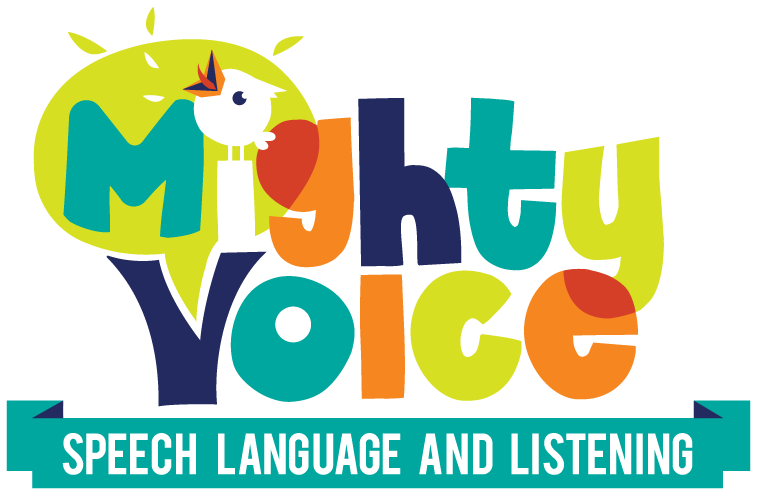I absolutely love using books in therapy. There is a strong connection between listening and spoken language skills and literacy. Children need to hear and understand sounds, learn vocabulary, and so much more in order to be great readers. The road to reading starts at the very beginning of a child’s journey to learn to listen and talk. So, whenever you can work on listening and spoken language (LSL) at the same time as reading skills, it’s a win.
But, it can be tricky to figure out which children’s books will support your listening and spoken language goals. This site helps you find the resources you need, without spending a ton of time paging through books.
It’s called Book Share Time, and it categorizes and sorts books for you, cutting down on the time it takes you to find great books that are focused on your goals.
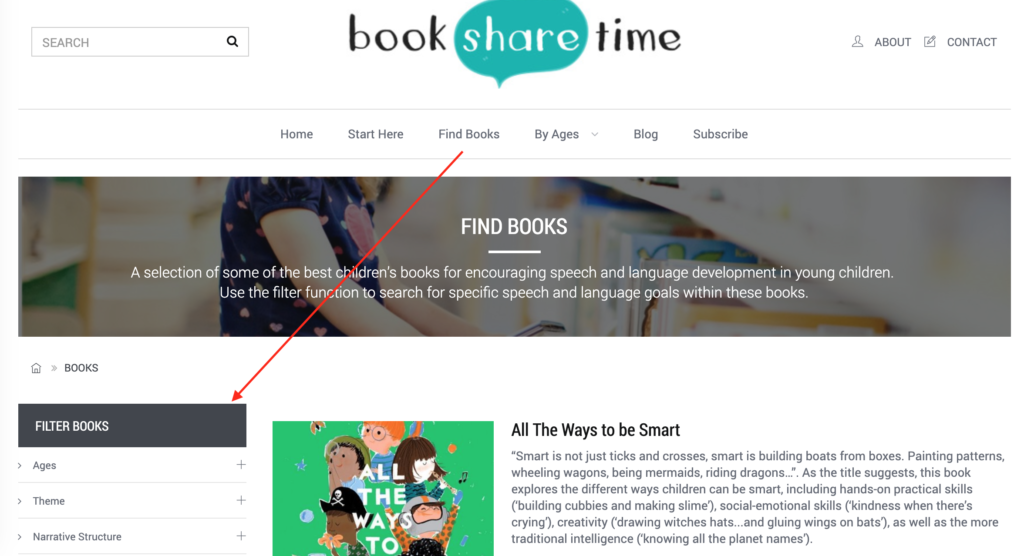
One of the best features for parents is the ability to filter books. In the screenshot above, you can see that when you click on “Find Books” there are a number of different ways to filter (the red arrow shows just a few of the ways).
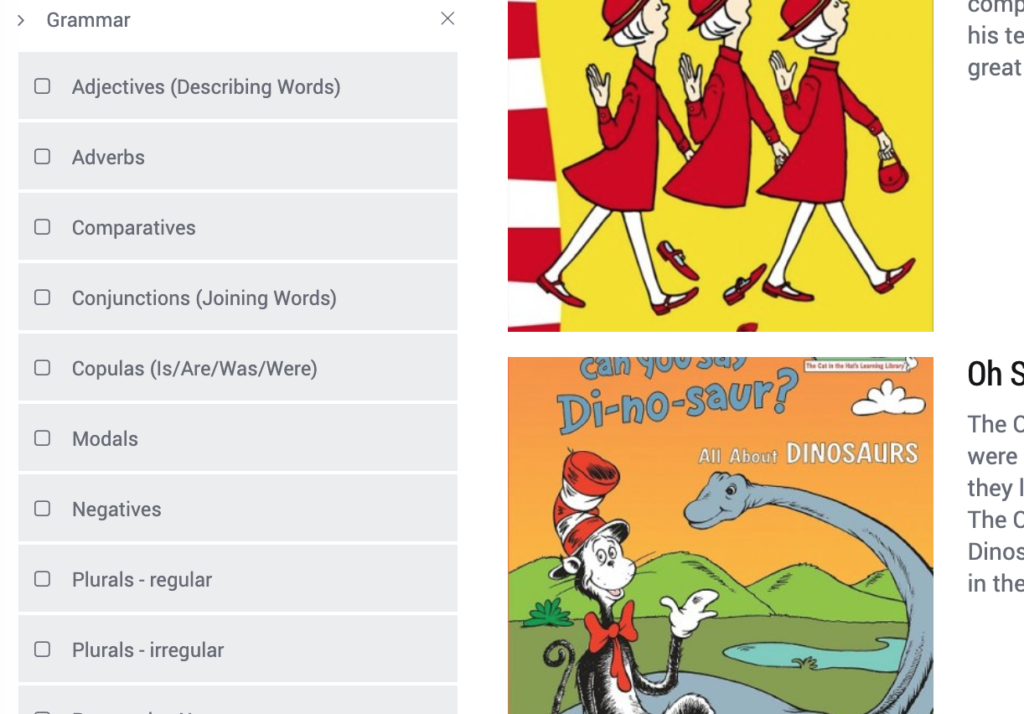
Maybe your child is working on adjectives or adverbs in a sentence. Once you click on “grammar,” it gives you the option to search by different grammar concepts.
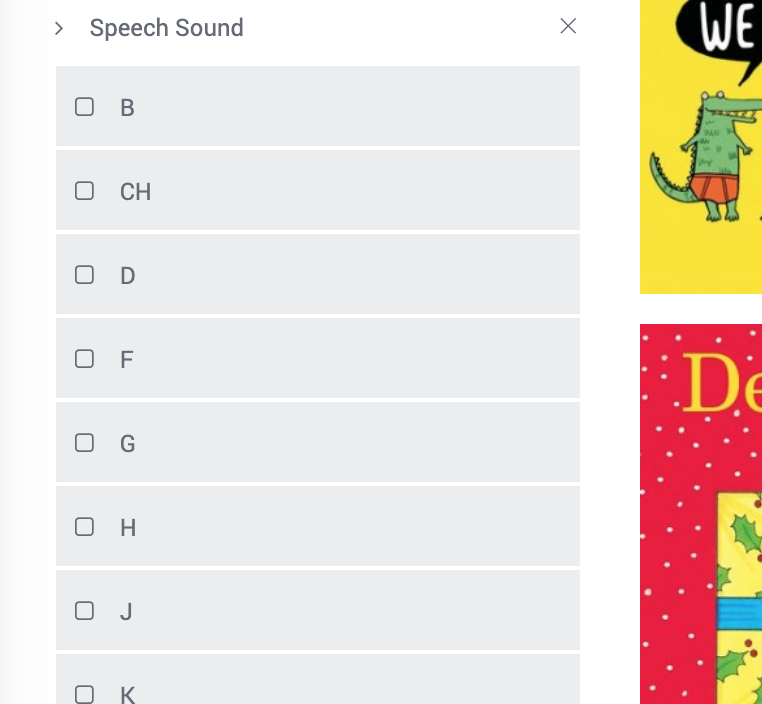
If you’re working on hearing and then saying a certain speech sound, like the /b/ or /ch/ sound, those are all located under “Speech Sounds.” The books listed under each sound have many repetitions of those sounds so your child can practice.

Rhyming and copying sounds is another search option…really there are so many ways to search.
This past week in therapy, I wanted to help a client work on including “is” in sentences. I went to the site, said I wanted to filter books by grammar and then the copula “is.” (Copula is just a fancy word for a “connecting” word…and even as an SLP, I had to look that one up.)
One of the books that came up was “Pug the Fibber,” which seemed like it would catch my client’s interest (there’s flatulence…what kid doesn’t like that?). Throughout the book, there were tons of opportunities to look at the pictures and ask “What is he doing???” which then let us practice answering with “He IS pulling down the dog treats” or “He IS lying!” Not only were we working on our grammar target, but my client was also working on some of our other listening and spoken language goals, like learning and using new vocabulary like “blame,” “plot,” and “fib” since that Pig is a sneaky one.
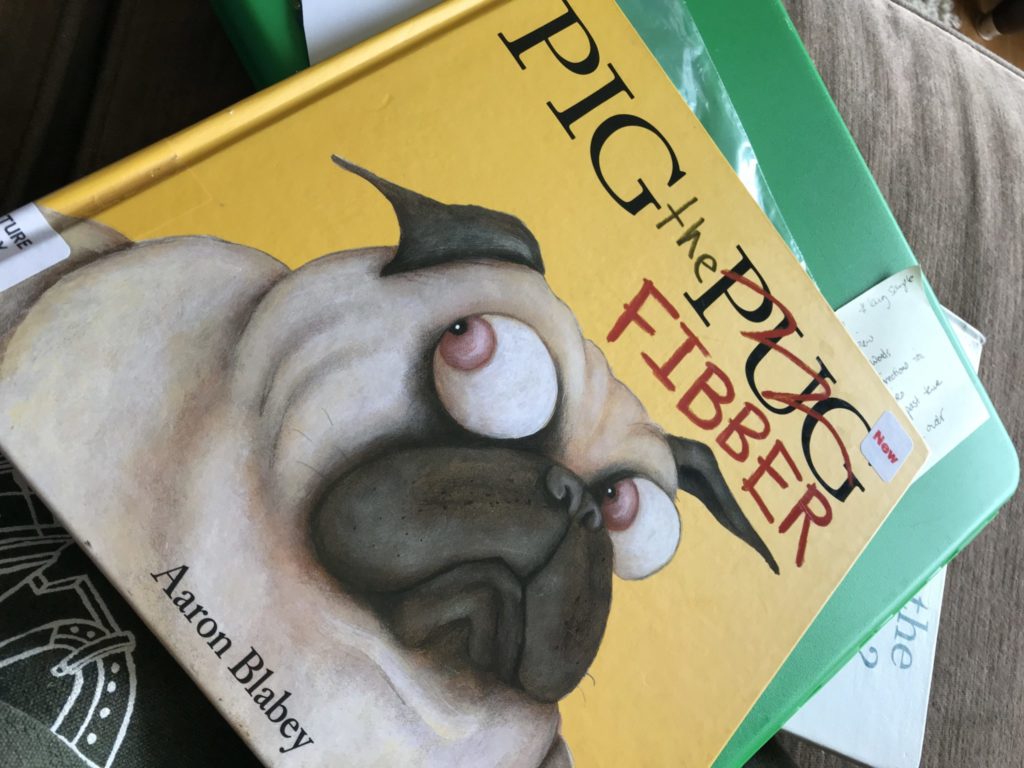
If you’re wanting to find new books for your child, but don’t know which ones would be good, check out the Book Share Time website. You’re sure to find a book or two that will suit your child and your goals.
